Pizza comes in a wide variety of forms and styles. To name a few, there is California-style, Chicago-style, Neapolitan, and New York pizza – and Artisan pizza.

So, what is artisan pizza, and how does it differ from the other types of popular pizza?
The term artisan applies to a craftsman who has gained skills and knowledge through extensive apprenticeship. When applied to the culinary arts, it refers to any food made in a non-mechanized or traditional method using high-quality ingredients.
History of Artisan Pizza

Originally pizzas were 100% handmade. Pizza making was done entirely by hand and was considered an art. From making the dough, choosing the toppings, every aspect was done without the help of automation in the baking process.
The introduction of automatic equipment and tools has revolutionized the making of pizza over time. These days most pizzerias rely on machines to do most of the prep work for them. Pizza making has become a heavily commercialized industry. Bakers alone cannot handle the massive demand without the aid of machines.
Mechanized pizzas are the solution to meet the steady demand for this popular Italian food. However, pizzas that are mechanically assembled from whatever ingredients available often do not meet high standards.
Fortunately, the traditional way of making pizza is not entirely dead. To distinguish their art from the mechanized types of pizza, traditional pizzaiolos refer to their creations as artisan pizzas.
Fast pizzas have their place in our modern way of life, but most people prefer their foods to be freshly handmade. Unlike the popular styles of pizza such as Neapolitan, New York, Greek, and Sicilian-style, artisan pizza is seldom mentioned.
What does artisan pizza bring to our tables? Based on our earlier definition, the name implies the method of preparation regardless of the ingredients used.
How to Make an Artisan Pizza?
In making an artisan pizza, the chef first makes and then kneads the dough to achieve the specific consistency desired by the customer.
Automatic machines cannot specifically cater to every individual’s preferred crust type.
Next, the artisan chef will assess and choose the best quality ingredients for toppings and sauce. Again, that is something a machine cannot do.
Since automatic equipment is designed to make foods in bulk, all ingredients, regardless of the quality will be processed. To summarize, choosing an artisan pizza ensures that you will receive the highest quality, the freshest pizza possible.
Machines can only perform what they have been programmed to do. By contrast, artisan chefs can inject their creativity into their craft.
Artisan pizza chefs can adjust the ingredients based on seasonal availability or current high demand. In the world of the artisan, making pizza is considered an art and not just a food preparation activity.
While artisan pizzas are 100% handmade, that does not mean that the chefs cannot use slicers or other utensils of their choice. Although artisan pizza is typically baked in a wood-fired oven, artisan chefs today use a pizza oven that is electric.
While there is no avoiding technology today, artisan craftsmanship strikes a balance between technology and traditional processes. It isn’t necessary for you to be a professional pizzaiolo to make a top-notch artisan pizza. All you need is the necessary tools and ingredients.
Here are some things needed to prepare a great-tasting artisan pizza.
Flour for Dough
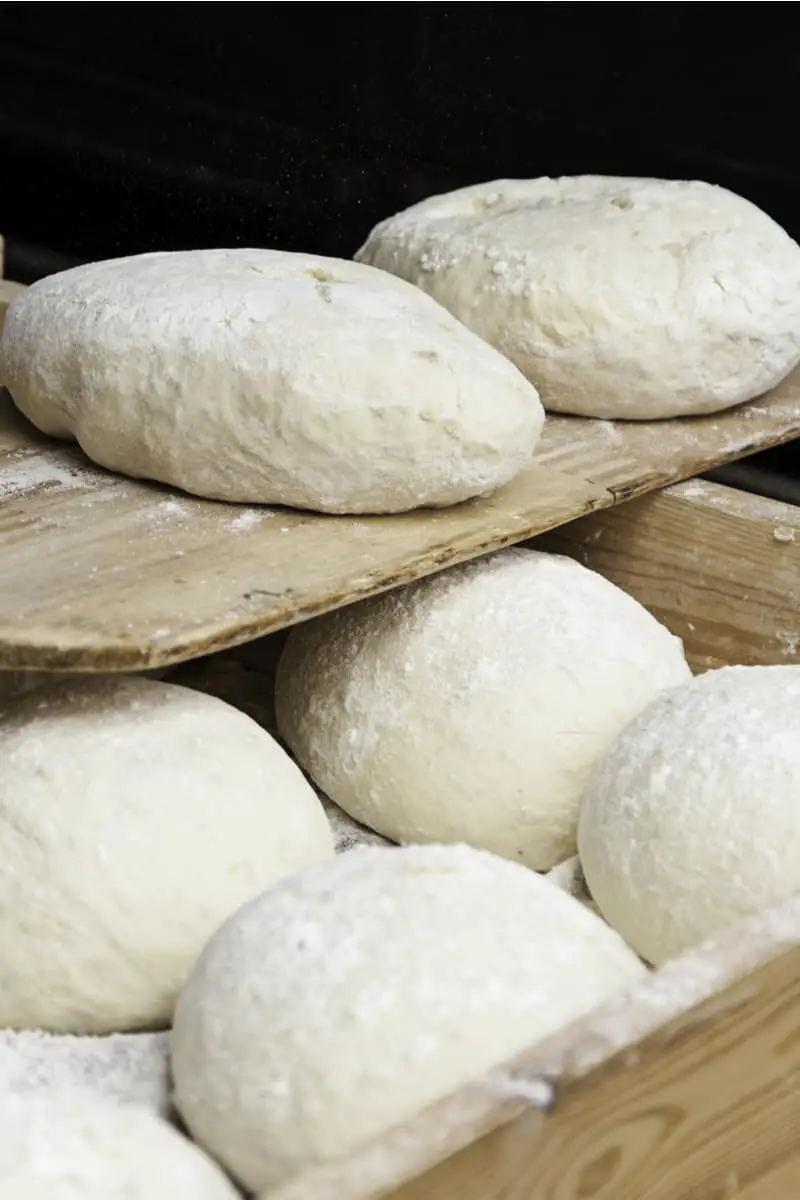
Naturally, you want your end product to be a fabulous tasting artisan pizza. In that case, the type of flour you choose is critical, as the consistency of the crust contributes significantly to the overall quality of the pie. Professional pizzerias do not use all-purpose flour or bread flour in making their high-grade dough. They use a specific type of Italian flour.
The Italians categorize their flour by extraction rate, meaning the extent to which the germ and bran are extracted or separated from the flour.
Most professional chefs will attest that Grade 00, which has a white color with a texture similar to baby powder, is the highest quality of milled flour and the type that yields the best tasting dough.
Stand Mixer or Food Processor
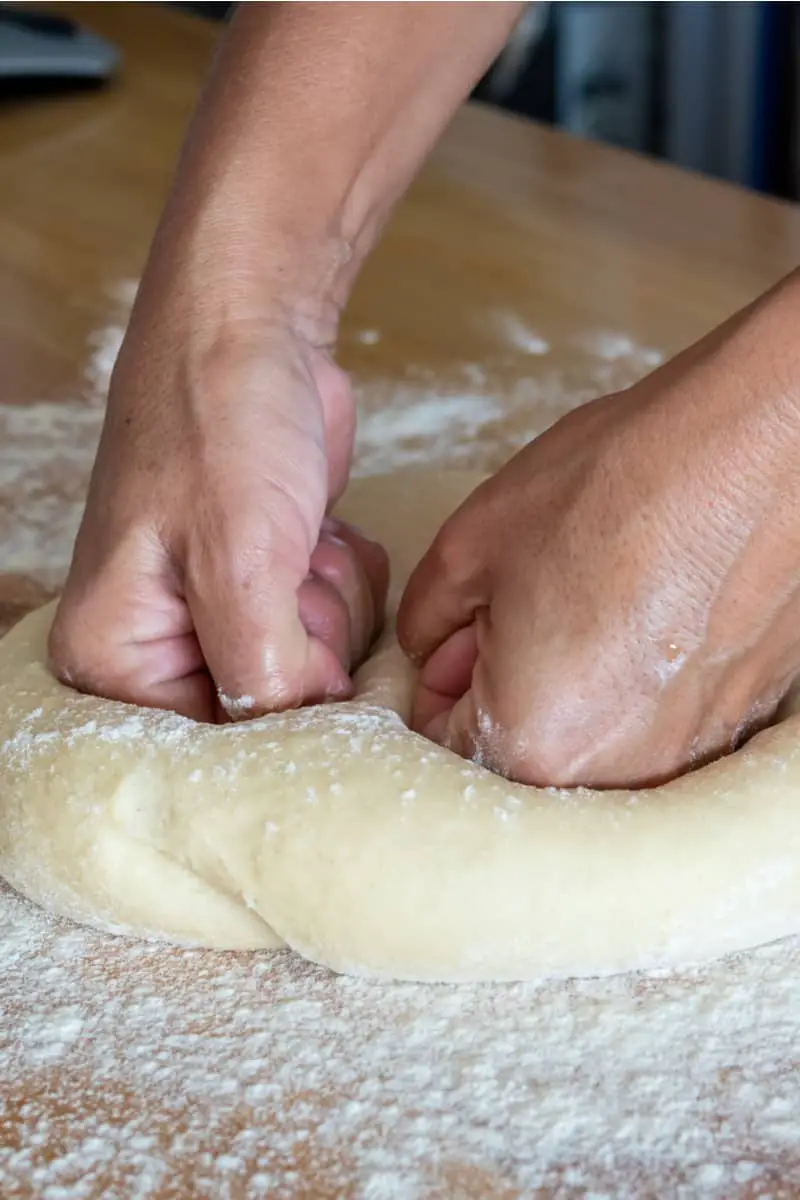
However, this doesn’t mean you can’t use electronic equipment to knead the dough. A good food processor can do all the kneading for you. Put the correct amount of flour into the processor, then add the appropriate amount of water slowly. Then allow the food processor to knead the dough for you.
If the dough is properly kneaded, it will turn out with the perfect consistency. More flour and water can be added as you go to achieve the desired result.
A stand mixer can be used to knead the dough if you do not have a food processor. Although blenders can whip and aerate the mixture, relying heavily on these appliances might detract from the true essence of artisan craftsmanship. Mixing and kneading the dough by hand helps you experience the fundamental nature of true artisan craftsmanship.
Pizza Peel

A pizza peel resembles a shovel that is used to slide a pizza into and out of the oven. This is an essential tool designed, so the dough does not stick to the surface, allowing for quick and easy transfer.
Oven
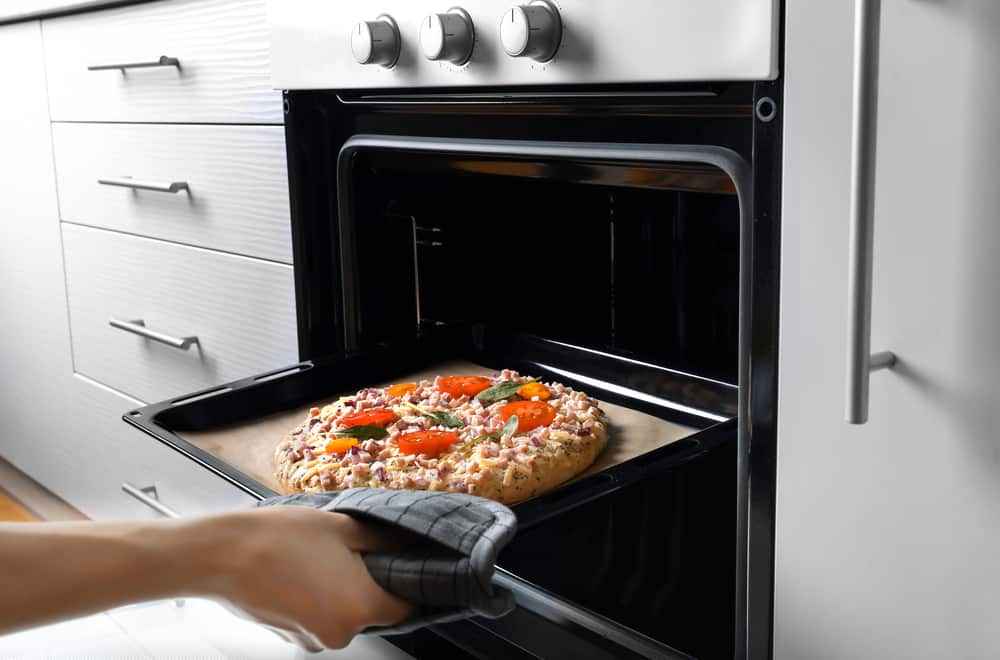
It is still possible to make an artisan pizza at home, even without an oven. By using a regular pan and a stovetop, you can make any pie you desire. But if you want to make a superb artisan pizza, you must consider using an oven. An artisan pizza tastes the best when wood-fired, so it is recommended one be used as extreme heat is the key to a great tasting pizza. A standard home oven can heat up to 550 degrees F, while a wood-fired oven can heat to 1000 degrees F.
Pizza Stone
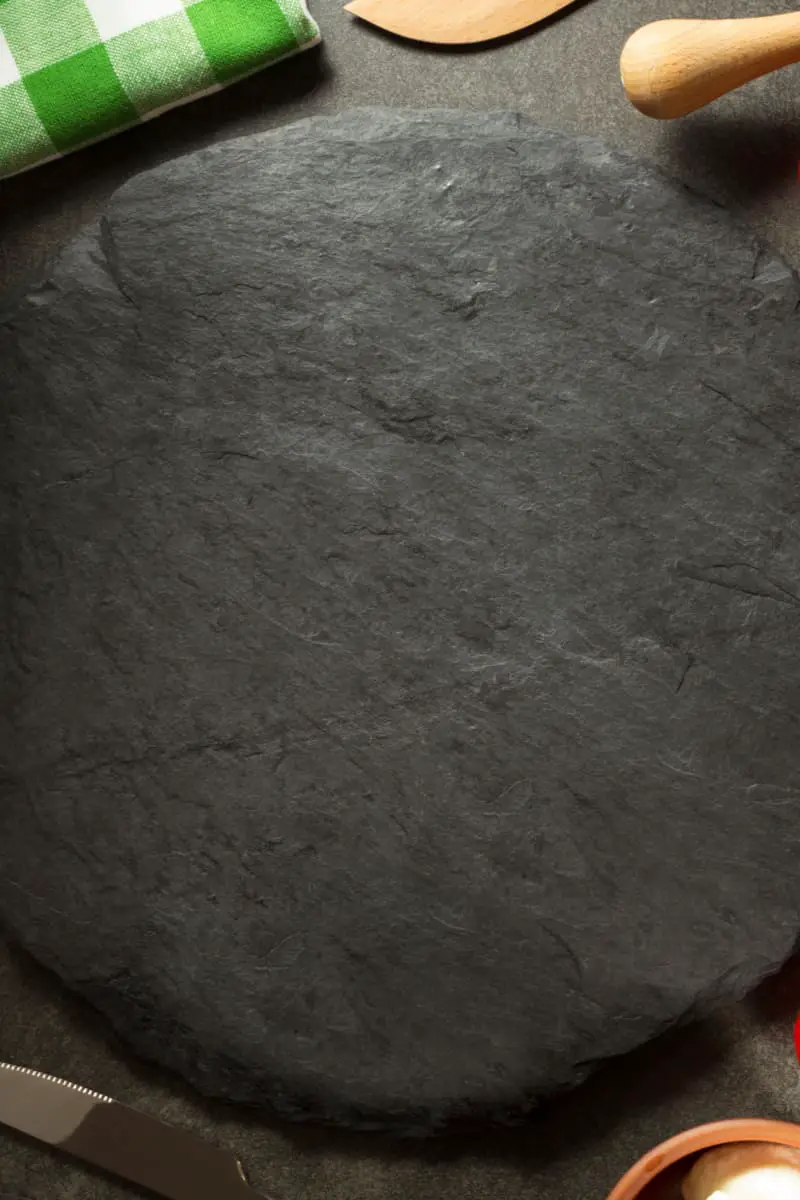
If you are using a wood-fired oven, there is no need to use a pizza stone. However, you will need one if using a standard oven.
Toppings for an Artisan Pizza
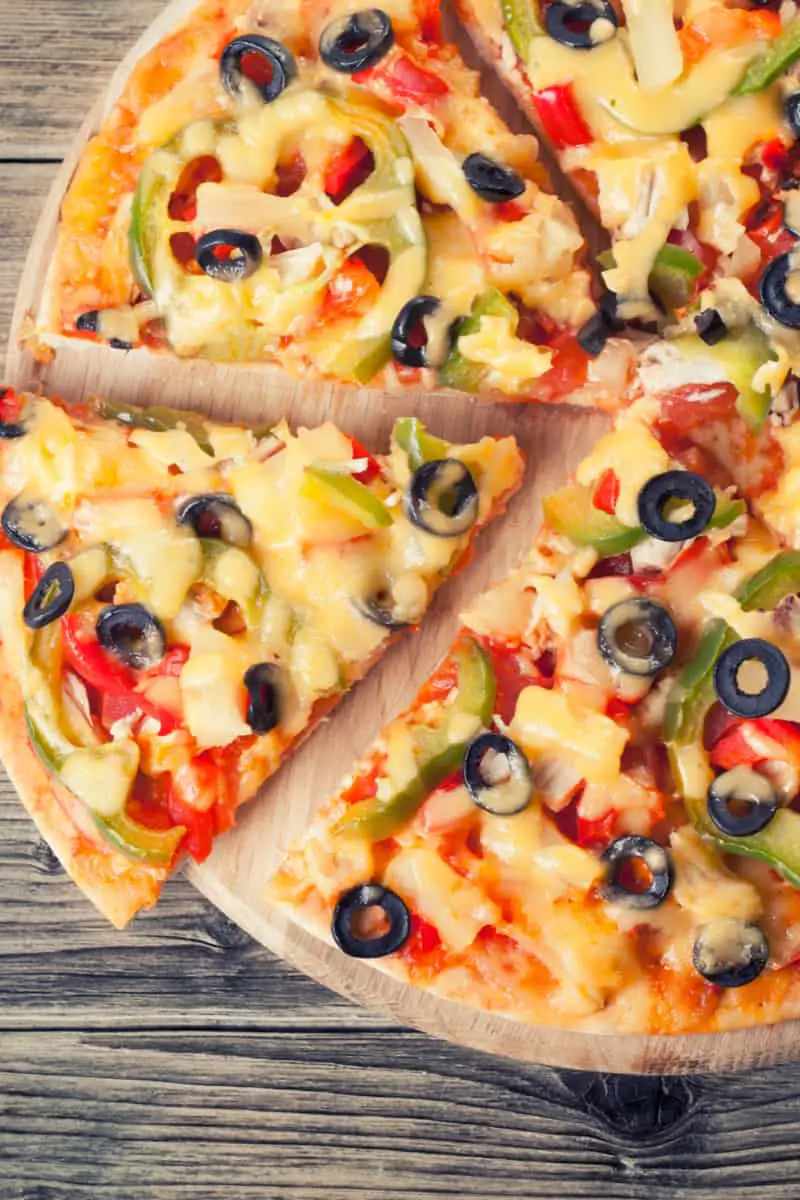
One of the best things about this pizza is that you use either traditional toppings or you can improvise and add some of your favorites. The most important thing is that they need to be fresh ingredients of high quality because they influence the flavor of the pizza.
The best way to come up with the perfect ingredients for any type of pizza is through experimentation. Customize the artisan pizza with toppings of your choice to determine which ones appeal to you the most.
Limitations of Artisan Pizza
This type of pizza has gained popularity over the years because of the methods employed to make it and the quality of the ingredients used. But many people still prefer their traditional pizza over artisan pizza.
One of the reasons is the cost of an artisan pizza. Because of their high quality, they are expensive. Ordinary pizzas have become extremely popular in markets and restaurants, making them far more affordable. The restaurants that serve artisan pizzas are usually the more upscale type of eatery, not your average neighborhood pizza parlor.
Part of the fun of making an artisan pizza is the specific and unique ingredients that are used when making it. The craftspeople that make these pizzas strive for perfection to impress food critics. Because of this, artisan pizza has lost potential customers. Considering the quality of the ingredients and the TLC used in making it, many people would prefer to eat traditional pizza rather than artisan pizza.
Some Unique Ideas for an Artisan Pizza
Sometimes it is not always easy to come up with new and innovative ideas in the kitchen. Here are 25 different combinations of ingredients that could easily be used for your own artisan pizza creation. When you review these ideas, it will be easier for you to develop your own ideas — any combination of ingredients is possible, as long as they are fresh ingredients.
- Alfredo veggie pizza
- Arugula, bacon, and mushroom pizza
- BBQ black bean tortilla pizza
- Bruschetta Pizza with balsamic syrup
- Buffalo chicken pizza
- Caramelized onion and bacon pizza with fig jam pizza
- Cherry tomato, olive, and thyme pizza
- Chicken fajita pizza
- Garlicky kale and bacon pizza
- Greek pizza — don’t forget the olives!
- Grilled gluten-free pizzas
- Grilled peach and coppa pizza
- Hawaiian pizza with cauliflower crust
- Margherita pizza
- Mashed potato pizza
- Sausage and scrambled egg pizza — perfect for breakfast!
- Spinach artichoke white cheese pizza
- Spring pea and lemon pesto pizza
- Shrimp and pesto pizza with goat cheese
- Sweet potato kale and red onion pizza
- Thai chicken pizza
- Three cheese white pizza
- Turkey, cranberry, and blue cheese pizza
- Turkey, leek, and asparagus pizza
- Vegetarian BBQ chicken pizza
Summary
Artisan pizza is not just any pizza. It involves unique and specific ingredients when made and follows traditional methods. The key to making the perfect artisan pizza is understanding the fermentation process, preparation, and baking.
What are your favorite pizza toppings? Pepperoni, sausage, onions, green peppers, black olives, anchovies, pineapple? Any of these fresh ingredients would be great on an artisan pizza. With a little imagination, you could be an artisan pizza chef yourself!


Barbara is an enthusiastic food-exploring person that goes through different culinary experiences. She got inspired by creating a pizza blog post after she tasted one of the best-selling pizzas in Toledo.